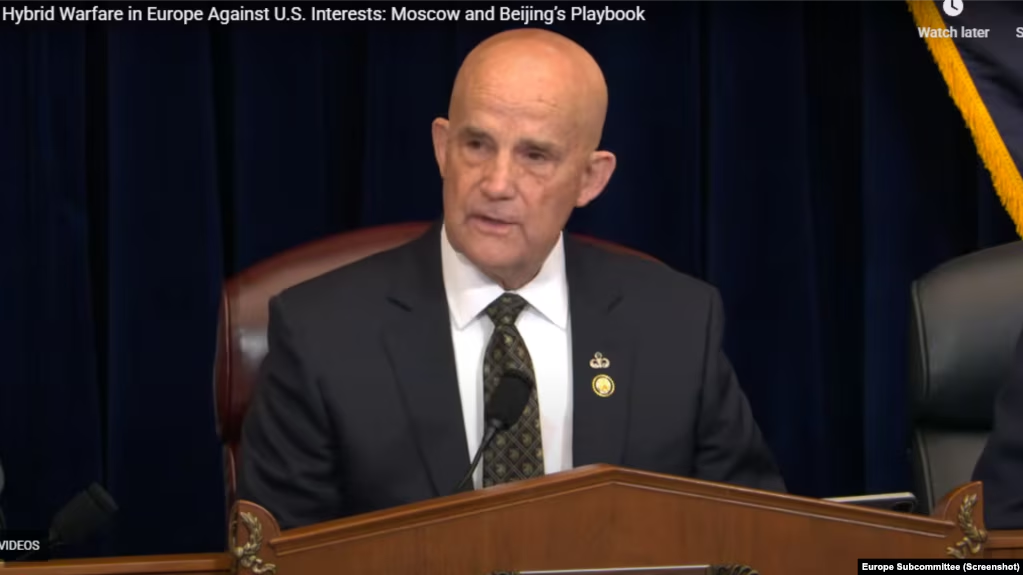
Snake Ceiling, 2009. Photo: Cathy Carver .
By DCist contributor Julia Langley
One of the roles of an artist is to hold a mirror up to society so we can see who we really are and not who we pretend to be. Ai Weiwei is a Chinese contemporary artist best known for his social, political and cultural criticism. His art condemns a political system that values the wealthy and powerful at the expense of the weak and defenseless. He uses his platform as an international figure to reveal the deep corruption of the Chinese government and its effects on human rights.
As his exhibition currently on view at the Hirshhorn museum, Ai Weiwei: According to What? shows, Weiwei’s art asks the questions we all need to be asking right now: Who does our government protect? And for what?
Upon hearing the news of the horrible massacre at Sandy Hook Elementary School last week, Weiwei kept coming to mind. At the entrance to the Hirshhorn exhibition are three artworks Weiwei made after the terrible 2008 Sichuan earthquake. Thousands of Chinese children died when their negligently constructed schools collapsed.
Weiwei’s art tells the tale of a crooked government whose failed policies and lax oversight led to the students’ endangerment. Names of the Student Earthquake Victims Found by the Citizens’ Investigation and Remembrance exposes the efforts of the Chinese government to shut down investigations into the unsafe conditions of the schools, bury the names of the victims and protect the reputations of the powerful. Overhead, Weiwei’s sculpture, Snake Ceiling slithers in from the outer hallway. Made of hundreds of student-type backpacks carefully stitched together, Snake Ceiling reminds us that evil lurks around every turn.
The United States, like China, does not appear to care much for its young. According to ABC News, in the last fifteen years 323 American children have been shot at school, making it the greatest cause of student deaths. And unlike the natural disaster that caused the collapse of the Sichuan schools in China, it cannot be argued that no one saw it coming.
Adam Lanza, Seung-Hui Cho, James Holmes and Jared Loughner are just a few names of the more recent psychotic killers who have found easy access to weaponry. The U.S. has bred its own form of unnatural disaster—the mentally ill mass murderer. And just like during the aftermath of an environmental catastrophe, we cry and look down and tut tut to each other, secretly praying it will never happen to our families. But it will. Unless we band together and stake a claim for change.
Inside the exhibition, Weiwei’s sculpture, Straight, lies on the floor. It is made from rusted steel rebar taken from the collapsed schools of Sichuan and resold. Weiwei purchased hundreds of crumpled rods, straightened them and stacked them on the floor of the gallery—leaving a large fissure through the middle.
Weiwei will not let those lost be forgotten, nor a profit be made on the materials of their demise. The fissure stands for the fact that society is being pulled apart. A nearby quote on the wall reads, “The tragic reality of today is reflected in the true plight of our spiritual existence: we are spineless and cannot stand straight.”
Weiwei’s art about China reflects an uncomfortable truth in America—when our children are not safe, no one is free.
Ai Weiwei: According to What? will be on display at the Hirshhorn Museum and Sculpture Garden through Feburary 24, 2013.
Contact the author of this article or email tips@dcist.com with further questions, comments or tips.











